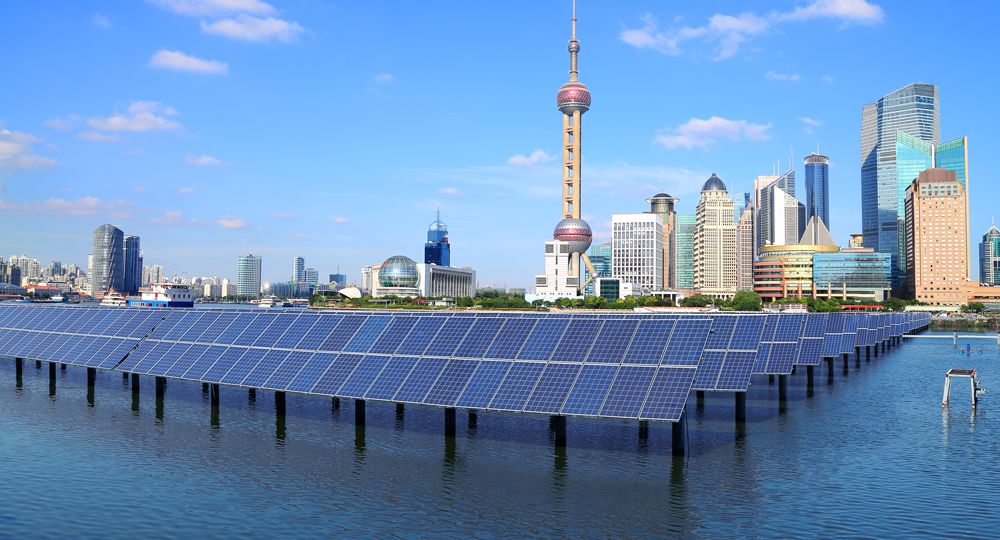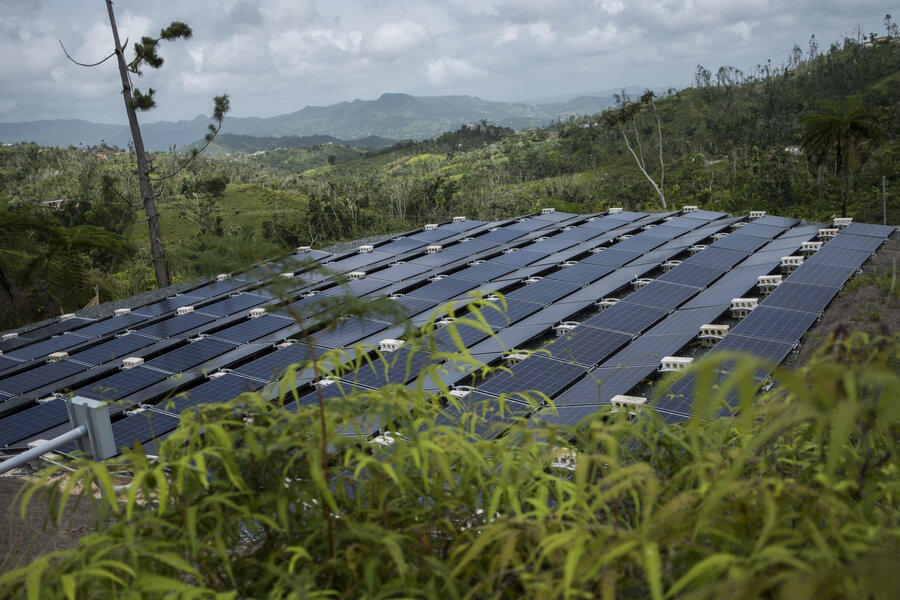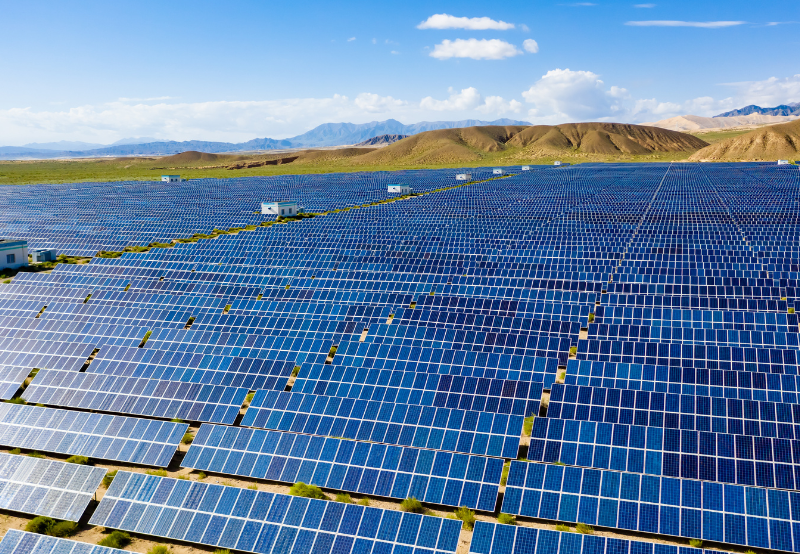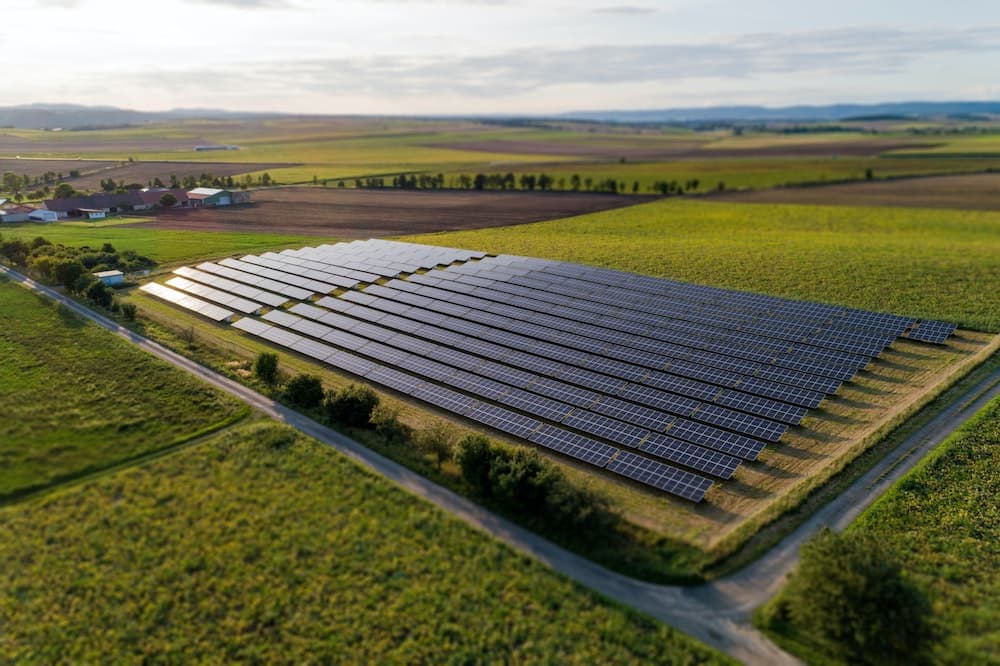Introduction Solar energy has emerged as a crucial alternative to traditional energy sources. This article explores the psychology behind solar adoption and the barriers that hinder its widespread acceptance. Understanding these psychological factors is essential for promoting renewable energy and achieving a sustainable future. Historical Background To understand the psychology of solar adoption, it is important to delve into its historical background. Solar energy has undergone significant transformations over the years, from its early beginnings as a niche technology to its current status as a viable alternative. Societal attitudes towards renewable energy have also evolved drastically, with growing concerns about…
Author: sohailkhan2k22
Introduction Solar energy and the circular economy are effective solutions for a sustainable future. This article delves into the history, key concepts, and definitions of both, highlighting their potential for resource efficiency and waste reduction. Historical Background Solar energy has roots in ancient times, but photovoltaic technology revolutionized its utilization in the mid-20th century. Similarly, the circular economy gained traction in the 1970s, focusing on waste reduction and resource conservation. Key Concepts and Definitions Solar energy encompasses photovoltaic and solar thermal power, converting sunlight into electricity or heat. The circular economy aims to decouple economic growth from resource consumption, emphasizing…
Introduction: Solar energy is an increasingly important topic in the context of public health. As the world recognizes the urgency of combating climate change and transitioning to sustainable energy sources, the intersection of solar energy and public health has gained significant relevance. This article explores the various aspects of this intersection and highlights its importance in promoting a healthier and more sustainable future. Historical Background: Solar energy has a rich historical background that dates back to ancient civilizations, which harnessed the power of the sun for various purposes. In recent decades, solar energy has gained momentum in the context of…
Introduction Solar energy has emerged as a promising alternative energy source in recent years, offering numerous environmental and economic benefits. As the world strives to reduce its reliance on fossil fuels, educational outreach programs play a vital role in raising awareness and promoting the adoption of solar technologies. This article explores the relevance and importance of solar energy educational outreach programs, highlighting their potential to shape a sustainable future. Historical Background Solar energy has a rich history that dates back centuries. From ancient civilizations using magnifying glasses to concentrate sunlight for fire-starting to the development of photovoltaic cells in the…
Introduction Solar energy has emerged as a key topic in STEM education, providing students with valuable knowledge and skills related to renewable energy. This article explores the historical background, key concepts, and benefits of integrating solar energy into STEM curriculum. It discusses the methods of incorporating solar energy into education, case studies, current trends, challenges, and future outlook. Historical Background Early Use of Solar Energy in Education The utilization of solar energy in education dates back to ancient civilizations when the sun was worshiped for its power and life-sustaining capabilities. However, solar energy started gaining traction in educational settings in…
Introduction Teaching kids about solar energy is not only a timely subject but also an important one. As we face the challenges of climate change and the need for sustainable energy sources, it is crucial to educate our youth about the power of the sun and its potential to create a cleaner and brighter future. By engaging children in solar energy experiments, we can ignite their curiosity, foster their creativity, and instill a sense of responsibility towards the environment. In this article, we will explore the historical background, key concepts, hands-on experiments, case studies, current trends, challenges, and future outlook…
Introduction Solar energy has emerged as a promising solution to the energy needs of developing countries. This article explores the success stories of solar energy adoption in these countries, highlighting the potential impact it can have on communities. By harnessing the power of the sun, developing nations can overcome energy poverty, reduce greenhouse gas emissions, and improve access to electricity. Historical Background In recent decades, developing countries have made significant strides in adopting solar energy. The journey began with small-scale projects in remote areas, gradually expanding to larger initiatives. Factors such as increasing awareness of climate change, rising energy costs,…
Introduction Solar power is a crucial element of sustainable energy solutions, offering numerous benefits for the environment and the economy. This article explores the world of solar-powered landmarks, examining their significance and impact. By harnessing the power of the sun, these landmarks showcase the potential of renewable energy in iconic structures worldwide. Historical Background Solar power has been utilized in landmarks throughout history, although on a smaller scale. However, advancements in solar technology have revolutionized the integration of solar power in landmark projects. This section highlights the evolution of solar technology and its impact on iconic structures. Additionally, notable past…
Introduction Solar power has become an increasingly important source of renewable energy for businesses. With the global shift towards sustainability and the rising costs of traditional energy sources, businesses are recognizing the relevance and importance of adopting solar power solutions. This article explores the various aspects of solar power for businesses, from its historical background to current trends and future prospects. Historical Background Early use of solar power in businesses Businesses have been utilizing solar power for decades. In the early days, solar power was primarily used for heating water or generating small amounts of electricity. Industries such as agriculture…
Introduction: The utilization of solar energy projects in regions prone to disasters has gained significant attention due to the need for a stable energy supply during and after natural calamities. This article explores the relevance and importance of solar energy projects in disaster-prone regions, emphasizing their potential to enhance resilience, reduce dependency on traditional energy sources, and contribute to disaster recovery. Historical Background: Solar energy projects have a rich history dating back to the mid-20th century. However, the focus on implementing solar energy initiatives in disaster-prone regions has only gained momentum in recent decades. Past projects in these areas have…
Introduction The topic of solar adoption by municipalities is crucial in the context of renewable energy and climate change. As the world strives to transition from fossil fuels to clean energy sources, local governments play a significant role in addressing environmental issues. Municipalities have the potential to drive renewable energy adoption and make a positive impact on the planet. Historical Background Solar adoption in municipalities has seen significant milestones and events over the years. Solar energy has evolved from humble beginnings into a viable and sustainable alternative to traditional energy sources. Advancements in technology and a growing recognition of its…
Introduction Solar energy initiatives have become increasingly important in rural communities as a means of ensuring access to clean and sustainable energy sources. This article explores the historical background, benefits, challenges, case studies, current trends, controversies, future outlook, and significance of solar energy initiatives in rural areas. Historical Background The development of solar energy initiatives can be traced back to the early days of solar power research. Advancements in technology and a growing understanding of the potential benefits have led to increased adoption in various sectors. Rural communities, often facing challenges in accessing reliable energy sources, have particularly benefited from…
Introduction Solar power in extreme climates has become increasingly important due to its potential to provide clean and renewable energy in harsh environments. This article explores the background, concepts, discussion points, trends, challenges, and future outlook of solar power in extreme climates. Historical Background Solar power has a rich history dating back to the 19th century. The development of photovoltaic cells in the 1950s was a significant milestone, revolutionizing solar power by converting sunlight directly into electricity. Advancements in materials and technology have since improved the efficiency and durability of solar panels, making them more suitable for extreme climates. Key…
Introduction Solar energy projects have emerged as a transformative solution for repurposing brownfields, offering immense environmental and economic benefits. This article aims to explore the relevance and importance of solar energy projects transforming brownfields, highlighting their interesting potential and the need for further exploration. Historical Background Brownfields, once vibrant areas of industrial or commercial activity, have become abandoned and contaminated spaces. Understanding their significance in environmental and urban development contexts is crucial. Additionally, past efforts and initiatives to repurpose brownfields for renewable energy projects need to be examined. The evolution of solar energy and its expanding role in sustainable…
Introduction Solar energy and the hydrogen economy have emerged as crucial topics in the pursuit of a sustainable future. As the world grapples with climate change and the need to transition to cleaner energy sources, understanding the potential and significance of solar energy and hydrogen becomes imperative. Historical Background The evolution and development of solar energy can be traced back to ancient civilizations harnessing the power of the sun for various purposes. However, it is in recent decades that solar energy has gained prominence as a viable alternative to traditional fossil fuels. Similarly, the emergence of the hydrogen economy, which…
Introduction: Space-based solar power is a concept aimed at capturing solar energy in space and transmitting it back to Earth as a sustainable energy source. With the increasing demand for clean energy, this technology holds immense potential. This article explores the background, concepts, feasibility, applications, environmental impact, case studies, current trends, challenges, controversies, future outlook, and significance of space-based solar power. Background: The concept of space-based solar power was proposed by Dr. Peter Glaser in the 1960s, but it was not until the 1970s that NASA started investigating its feasibility. Advancements in solar cell technology and wireless power transmission over…
Introduction The rapid development of technology has brought significant advancements in various industries, including the field of solar energy. Solar systems have become an increasingly popular and sustainable source of power generation. With the emergence of artificial intelligence (AI) and machine learning (ML), the optimization of solar systems has reached new heights. This article explores the relevance of AI and ML in optimizing solar systems and highlights their importance in the renewable energy sector. Historical Background Solar systems have evolved over time, with early civilizations using passive solar design principles for heating and lighting. Active solar systems were later developed,…
Introduction Solar energy and 3D printing have become powerful forces in the fields of sustainable energy and technological advancements. The integration of these two technologies in construction projects holds immense potential for revolutionizing the industry. In this article, we will explore the historical background, key concepts, benefits, challenges, and future implications of utilizing solar energy and 3D printing in construction. Historical Background Solar energy has been harnessed for centuries, starting from early passive solar design techniques to modern photovoltaic systems. The concept of using the sun’s energy to heat and cool buildings has been prevalent since ancient times. However, in…
Introduction: Solar energy and blockchain technology are two rapidly evolving fields that have the potential to revolutionize the energy sector. This article explores the integration of solar energy and blockchain technology, highlighting the benefits and challenges associated with this combination. Historical Background: Solar energy has a long history, dating back to ancient civilizations that used solar power for heating and lighting. However, it was not until the late 19th century that the first solar panels were developed. Since then, solar energy has grown exponentially, with advancements in photovoltaic and solar thermal technologies. Blockchain technology emerged with the invention of Bitcoin…
Introduction Solar energy, a renewable and sustainable source of power, holds immense importance in the development of smart cities of the future. As the world moves towards urbanization, it becomes crucial to explore alternative energy sources to meet the increasing energy demands while reducing carbon emissions. This article aims to provide a comprehensive overview of solar energy’s relevance and significance in the context of smart cities. Historical Background The usage of solar energy in urban areas has evolved over time. Early initiatives and milestones have played a crucial role in integrating solar energy into smart cities. These efforts have paved…





















